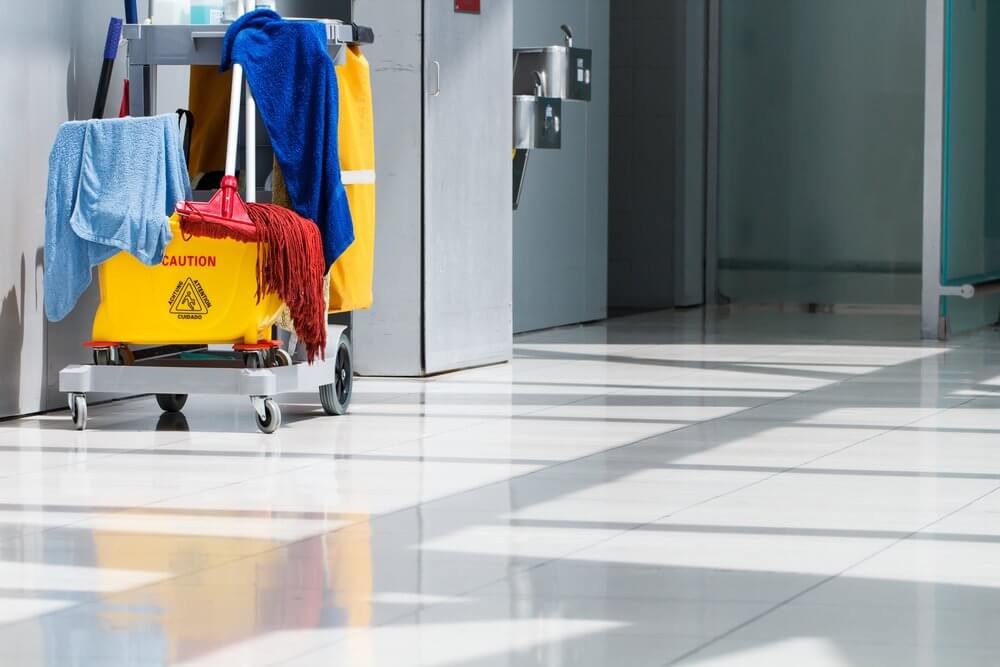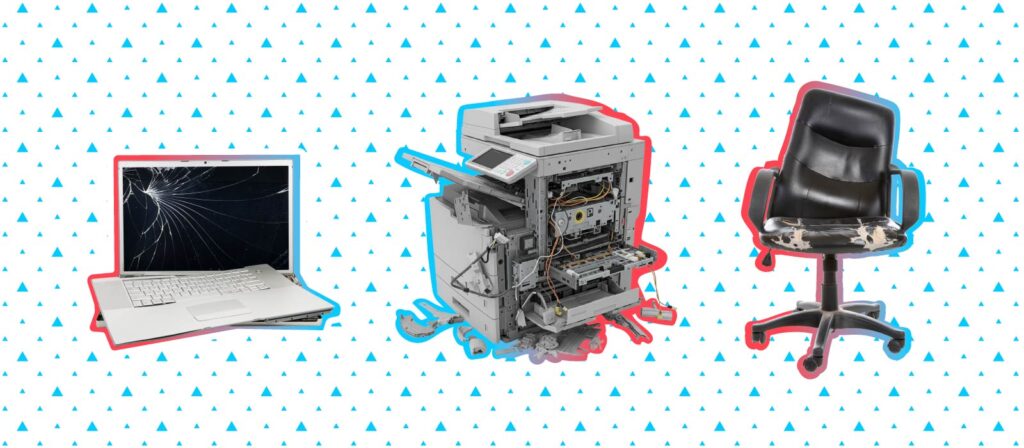
Maintaining a cost-effective office is a key part of a facility manager’s job. Identifying and implementing solutions to common facility expenses, whether through procedural changes or new technologies, can help your company cut down unnecessary costs. Here are some areas where your company can save money with strategic planning and the proper allocation of resources.
Proper space utilization

An office that is too large or under-utilized costs an organization a lot of money in overhead, heating and other expenses. Facility managers should design their office space for optimal use. Mapping out office designs and visualizing layouts in real-time helps you to make smarter, informed decisions on how to assign desks and resources. In addition, facility management tools provide real-time, streamlined reporting so that you can make decisions based on how your office space and resources are currently being used.
Use smart, energy-efficient technology
Many organizations spend unnecessary money on high energy costs. To reduce consumption, try using a smart thermostat like Nest, which learns your office’s heating and cooling needs. These smart thermostats automatically adjust themselves to be as energy-efficient as possible. You should also consider using other appliances that are energy star rated, such as refrigerators, water coolers and dishwashers. Adding timers that automatically shut appliances off after a certain amount of time can also help to conserve energy. While these may seem like small measures, over time they will help to reduce your office’s energy consumption and benefit your bottom line.
Go paperless

Reducing paper waste can save your company thousands of dollars annually. To tackle the issue of excessive paper waste, start by creating a policy for printing and copying. For example, print only essential documents, use email for all internal communications and place bins throughout the office to encourage recycling. Be sure to address unneeded waste with employees to improve both your organization’s bottom line and your environmental footprint.
Encourage remote workers and mobile technology
Telecommuting can save your company money on both office space and travel costs. If a portion of your staff works remotely, you may be able to downsize your office and save significant money on annual rent and utilities. Be sure to keep your remote workers in sync with the rest of your staff and encourage remote meetings using collaborative technology.Incorporating tools like Skype and GoToMeeting into your internal communications plan helps to save time and money on travel when communicating with remote employees and clients in other cities.
Evaluate building maintenance

Many companies spend unnecessary amounts of money on maintenance services and fees. Assess your office’s individual needs—do you need a cleaner every evening or would an employee chore plan with a weekly deep-clean suffice? Do you need to pay for plant watering services or is this something employees can do on their own? Look to see if you can negotiate a schedule with your maintenance company that doesn’t include unnecessary services.
Today’s technologies can help facility mangers figure out where and how offices can save the most money.
By examining which resources are being heavily used, where the company is spending excessive amounts of money and where resources are going to waste, facility managers can figure out how to run a more cost-effective office.
Photos: Shutterstock / Pressmaster, Shutterstock / pikcha, Shutterstock / Rawpixel, Shutterstock / Jaruek Chairak




